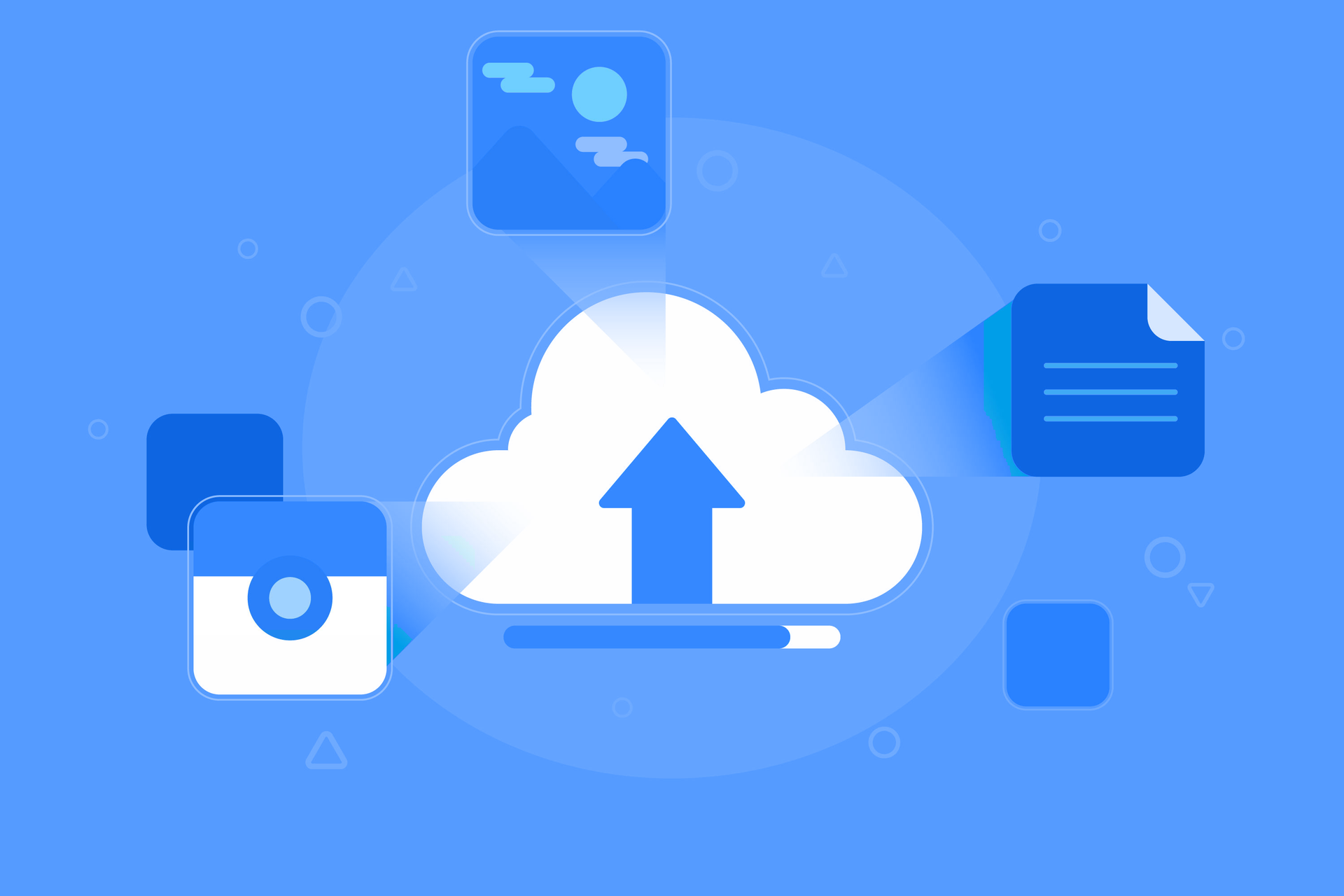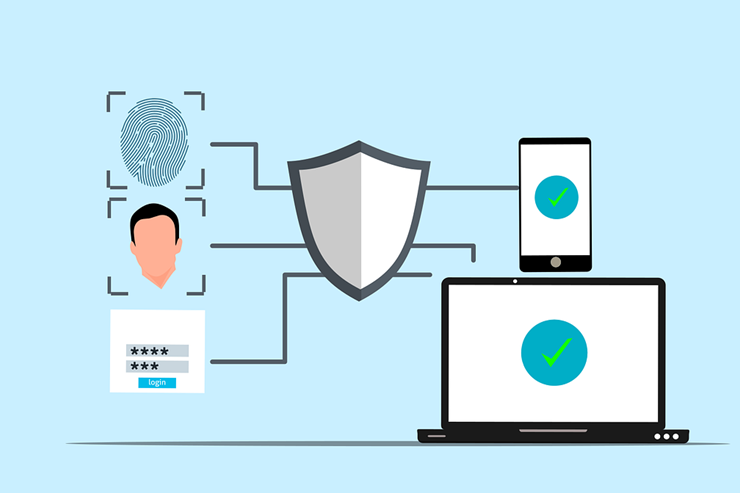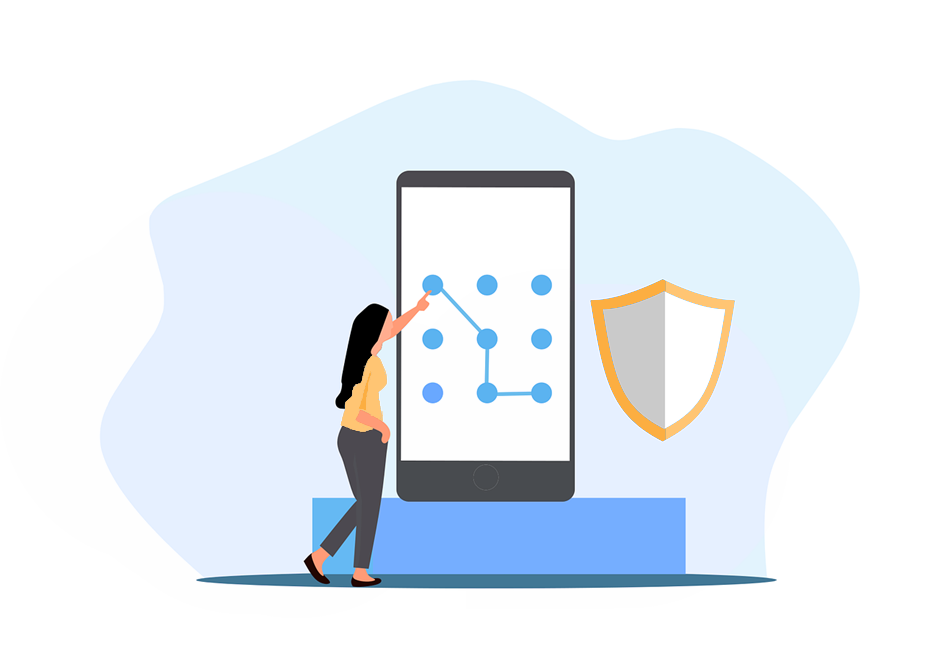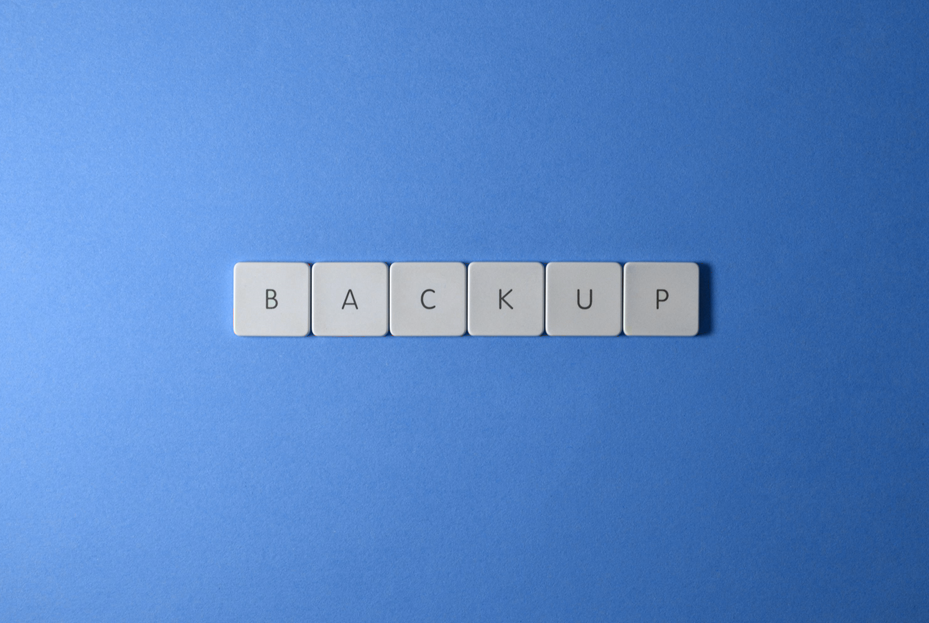Best practices to maximize your CRM
January 25, 2019

Customer relationship management (CRM) software can add value to your business in many ways. Next to being a very important sales improvement tool, CRM software strengthens your company's professional image in the market. However, not all CRM users utilize the software a hundred percent. Here's what you can do with CRM to get the job done:
Always update customer information
A CRM system is only effective when the data it provides is current. If the customer’s address, company name, or preferred method of contact has changed, your staff should update the information immediately, so your sales and marketing teams are always equipped with the right information and will know how to respond accordingly.
Use purchasing history for upselling opportunities
It’s easier to sell to existing customers than acquiring new ones. With your CRM, you can boost your sales performance by analyzing your existing clients’ purchasing history and designing promotions or events just for them. For example, if they recently purchased a razor from your online store, you can program your CRM to recommend related products like shaving cream or aftershave. Not only does this widen your profit margins, but it also makes your customers’ lives a lot easier and promotes repeat business.
Automate your processes
Since many of the tasks associated with data entry can be automated, take advantage of the workflow automation features in CRM apps to eliminate time-consuming and repetitive functions. For instance, when new leads are added to your CRM (via newsletter subscriptions or website visits), you can program your CRM to send follow-up emails, offer promotions, and push other marketing efforts to keep your business at the forefront of their attention and to help them remember your brand. This saves you from writing the same canned responses while also making sure that you’re engaging your clients throughout the entire sales process.
Learn from analytics
CRM can analyze customer trends and behavior. If you notice a spike in demand for certain products and services during the holidays, be more aggressive in pushing them out the next year. If certain email campaigns were more successful than others (e.g., higher open rates, click-through-rates, and potential customers), understand what elements were responsible for that success, and try to replicate them the next time you send a newsletter.
Customer data should also be used to shape sales and marketing tactics. A salesperson that already knows the client’s name, location, and preferences can deliver more targeted sales pitches and has a better chance of closing a deal. The point is this: If you’re not learning from your data, your business growth will be limited.
Integrate CRM with other business software
Incorporating CRM software to other programs makes it even more powerful. Integration with accounting software combines customer and financial data, eliminating redundant manual data entries and providing more insightful reports. When used alongside a VoIP system, your staff will get relevant customer information from multiple databases displayed on one screen when they’re about to make a call.
Get some CRM support
Work with a CRM provider that offers 24/7 support. Ideally, your provider should keep your data safe, update your software regularly, and advise you on how to use complex CRM features.
This may seem like a lot, but remember: like every technology investment, CRM requires active participation from executives, managers, and frontline staff. If you need more advice on keeping customers happy or want to know what technologies can add value to your business, call us today.
Published with permission from TechAdvisory.org. Source.

A slow computer or a frozen screen are the worst things that can ruin your day. You've most likely dealt with outdated technology on multiple occasions if you manage a small business. It may seem cost-effective to extend the life of outdated equipment, but the long-term costs are frequently higher. Due to technological issues like sluggish PCs and antiquated laptops, small businesses lose about 98 hours annually, or 12 working days . This is why it's important to have an IT refresh plan. It helps you stay safe, prevents unplanned malfunctions, and keeps your team operating efficiently. Regardless of whether you outsource managed IT services or handle them in-house, a solid refresh strategy can save time, stress, and money down the line.

Does your small business ever feel like it has too much data? This is a fairly typical occurrence. The way small businesses function has changed as a result of the digital world. In addition to customer emails and backups, we now have an overwhelming amount of data to manage, including financial statements, contracts, logs, and employee records. According to a PR Newswire survey, 72% of company executives say they have stopped making decisions because the information is too overwhelming. All of this data can easily become disorganized if improperly handled. By implementing the appropriate data retention policy, effective IT solutions assist. A strong data retention policy keeps your company compliant, organized, and cost-effective. Here's what should be deleted, what should be kept, and why.

Selecting the best cloud storage solution can be similar to being faced with an endless buffet of options, each one claiming to be the best. A poor choice may result in lost revenue, compromised data, or even a snag in productivity. The stakes are extremely high for small business owners. Regardless of your level of experience, we will guide you through this thorough guide to help you choose a cloud storage solution that is specific to your company's needs.

Cyber threats are a daily reality for small businesses navigating an increasingly digital world; they are not merely an abstract concern. Financial and reputational harm can result from ransomware attacks, phishing scams, or unintentional data leaks. In order to reduce the risks, more businesses are using cyber insurance. Not every cyber insurance plan is made equally. Many business owners think their policy covers them, but they discover (too late) that it has significant gaps. We'll explain exactly what is and isn't covered in this blog post, along with how to pick the best cyber insurance plan for your company.

Have you ever questioned how susceptible your company is to online attacks? Nearly 43% of cyberattacks target small businesses , frequently taking advantage of lax security measures, according to recent reports. Multi-Factor Authentication (MFA) is one of the most underutilized yet powerful ways to safeguard your business. Even with your password, hackers will find it much more difficult to obtain access thanks to this additional security measure. The implementation of Multi-Factor Authentication for your small business is explained in this article. Knowing this will enable you to take an important step toward protecting your data and guaranteeing more robust defense against possible cyberattacks.

Managing a small business requires a lot of multitasking. These hats include operations management, customer service, and maintaining order. AI-powered automation is a solution that can reduce the workload. Small business owners can now automate tasks that were previously done by hand thanks to technological advancements that have made these tools more affordable and accessible than before. There's no need to hire a big staff or spend a fortune. AI can manage a large portion of your hectic workload, allowing you to concentrate on more crucial facets of your company. AI can act as your virtual assistant, increasing productivity and simplifying processes, whether you're a small team manager or a solopreneur. This blog post explores how you can automate everyday tasks and free up your time if you want to learn more about how AI can change your company. We'll demonstrate how to use reasonably priced AI tools to reduce repetitive tasks, save time, and increase business efficiency.

In today's digital world, cyber threats are smarter than ever. Weak passwords or old ways of proving who you are can cost people and businesses money, steal their data, or steal their identities. A strong password is the first thing that will keep hackers out, but it's not the only thing that will work. This guide goes over the basics of strong passwords, two-factor authentication, and the best ways to keep your accounts safe. We'll also talk about new ways to check things and things you should never do.

A sophisticated type of cyberattack known as "password spraying" uses weak passwords to acquire unauthorized access to numerous user accounts. This approach focuses on using a single password or a collection of passwords that are frequently used across multiple accounts. The goal is to circumvent standard security protocols, such as account lockouts. Password-heavy attacks are highly effective because they target people and their password management practices, which are the biggest weakness in cybersecurity. This ar ticle will describe how password spraying operates, address how it differs from other brute-force attacks, and go over how to detect and prevent it. We will also discuss how businesses can defend themselves against these threats and examine real-world examples.

What would happen if tomorrow your company lost all its data? Would your operations come to a complete stop, or would you be able to recover? Data, including communications, financial records, product files, and customer information—is the lifeblood of any small business. However, data security is frequently neglected. After a disaster, 25% of small businesses close within a year, and 40% never reopen , according to the Federal Emergency Management Agency (FEMA). That represents an incredible 65% failure rate because of inadequate preparation. The good news is here. An enterprise budget and a dedicated IT staff are not necessary for disaster data protection. You can create a backup and recovery plan that reduces downtime and provides you with peace of mind if you have the right approach, the appropriate tools, and a little forethought. In this blog post, we will discuss practical and easy-to-follow advice to help you protect your most valuable business asset: your data.

